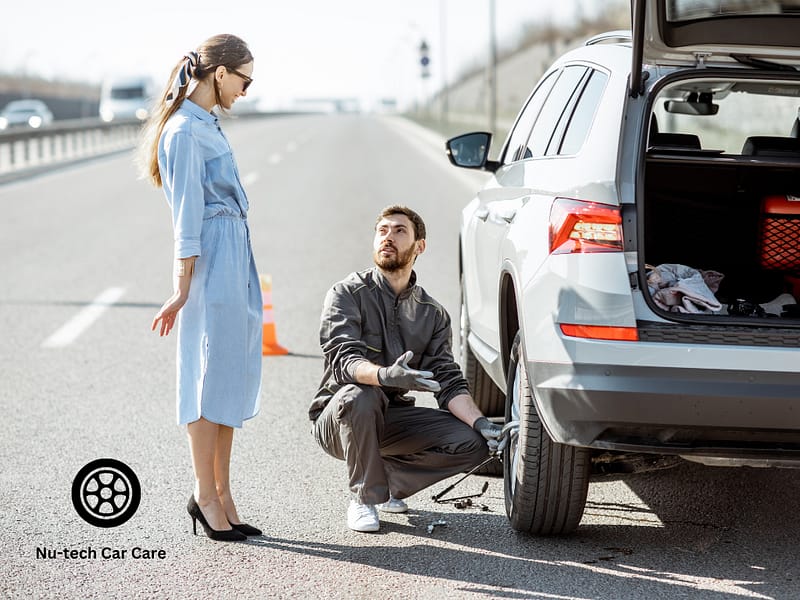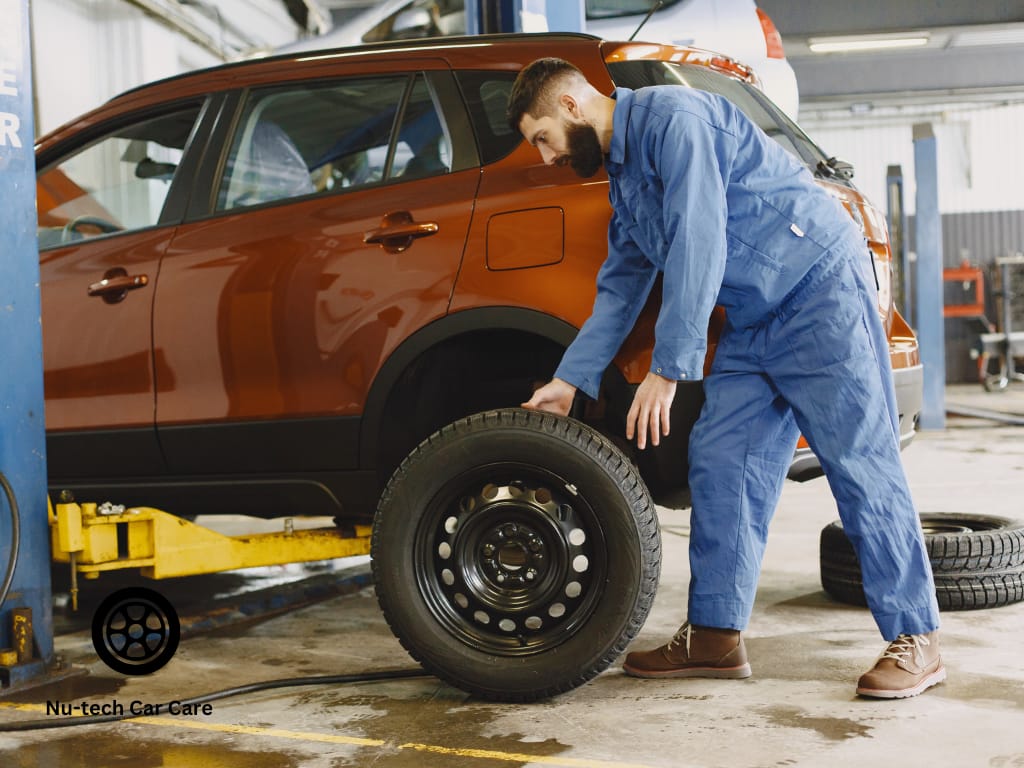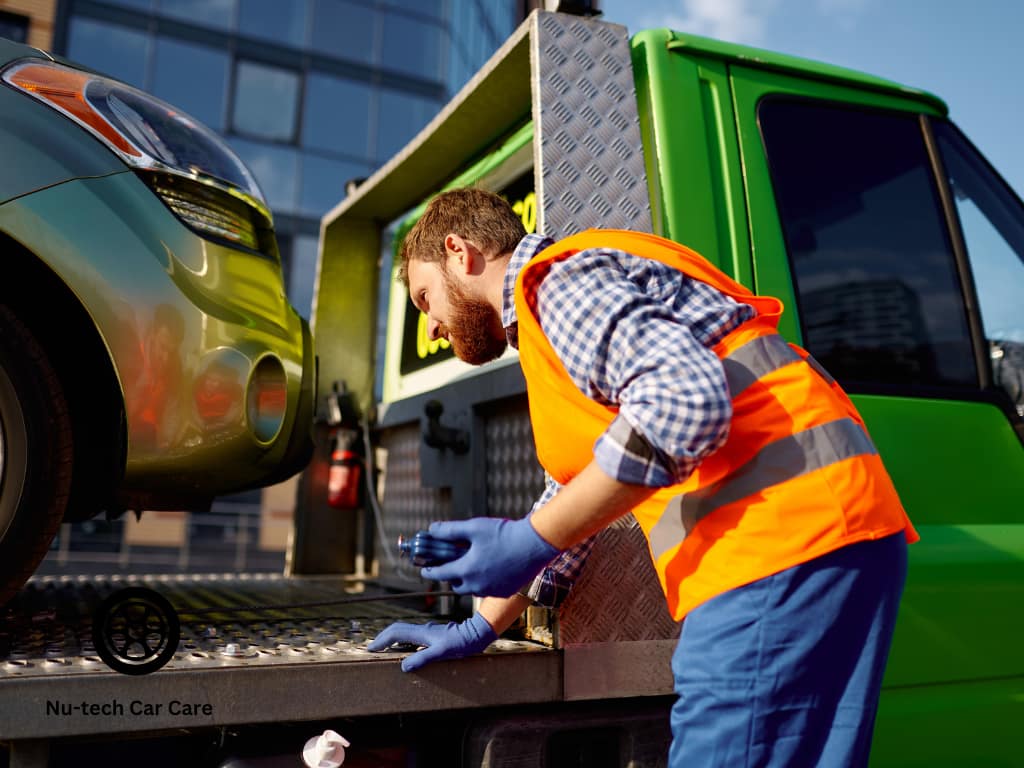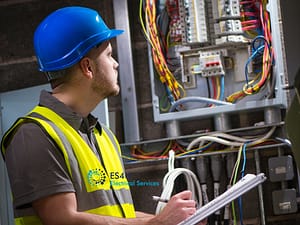An emergency in car servicing typically involves situations where the vehicle’s operating condition poses a risk to the driver, passengers, or the vehicle itself. This includes incidents that prevent the car from functioning safely or correctly, such as brake failure, a blown gasket, or significant fluid leaks. Recognizing these emergencies is critical to taking swift and appropriate action.
The importance of addressing car service emergencies promptly.
Promptly addressing car service emergencies is vital to ensure safety on the road. Neglecting or delaying repairs can lead to more severe problems, potentially endangering the vehicle’s occupants and other road users. Immediate attention to these issues helps maintain the car’s condition and can often save time and money in the long run by preventing more extensive damage.
Identifying Common Car Emergencies
A guide to recognizing common car emergencies that require immediate attention.
Common car emergencies include brake system failure, overheating engines, steering issues, electrical malfunctions, and tire blowouts. Warning lights on the dashboard, unusual noises, smoke, or leaks are clear indicators that something is amiss. It’s important to be familiar with these signs and understand what they could signify.
Symptoms and signs that indicate a car needs urgent servicing.
Key symptoms and signs include the car pulling to one side (indicating brake or alignment issues), excessive smoke from the exhaust (possible engine problems), and unusual vibrations or noises (potentially indicating suspension or tire issues). Warning lights such as the check engine light, oil pressure light, or temperature gauge should never be ignored.
Initial Steps and Immediate Actions
What to do immediately when you encounter a car emergency.
If a car emergency occurs while driving, the first step is to safely pull over to a secure location. Turn on the hazard lights to alert other drivers. If the issue is a suspected flat tire or brake problem, avoid sudden or harsh maneuvers. Shut down the engine in case of overheating or if there is smoke to prevent fire hazards.
Safety measures and quick fixes to stabilize the situation.
After stopping the vehicle safely, assess the situation without putting yourself in danger. If it’s a tire issue and you have the skills, you might change to a spare tire; for minor leaks, temporary sealants could be used. However, if the issue is complex, like electrical or engine problems, it’s safer to call for professional help rather than attempting DIY repairs.
Finding Emergency Car Service Providers
How to find reliable emergency car servicing options quickly.
The first step in finding emergency car servicing is to use technology to your advantage. Smartphone apps and GPS systems often have features to locate nearby service providers or garages. You can also use online search engines to find reputable services in your area. It’s beneficial to have a list of emergency contacts or apps pre-loaded in your phone for such situations.
Utilizing technology and resources to locate nearby assistance.
Many roadside assistance companies offer apps that provide immediate access to their services. Utilize these tools to quickly get help. Additionally, in-car systems like OnStar or other telematics services can also assist in finding nearby help. Don’t forget to make use of local directories or assistance from emergency services if necessary.
Dealing with Breakdowns and Towing
Steps to take when your car breaks down and requires towing.
If your car breaks down, move it to a safe location if possible, and turn on your hazard lights. Assess the situation – if it’s a minor issue like a flat tire and you have the skills, you might fix it yourself. However, for more serious problems, it’s best to call for towing services. Stay with your vehicle until help arrives, provided it is safe to do so.
Tips for coordinating with towing services and ensuring vehicle safety.
When contacting a towing service, provide them with specific details about your location and the nature of the problem. Ensure they are informed about the type of vehicle you have, as this might affect the towing method. Before the tow, remove all valuables from the car. It’s also important to confirm the destination where your car will be towed and understand the towing company’s rates and payment methods.
Communicating with Mechanics During Emergencies
Effective communication tips with mechanics during emergency situations.
Be clear and concise when describing the issue to the mechanic. Provide them with as much information as possible, such as any sounds, smells, or behaviors the car exhibited leading up to the breakdown. Mention any warning lights that appeared on the dashboard. This information can help them diagnose the problem more quickly.
Key information to provide to ensure quick and accurate service.
Inform the mechanic about the make, model, and year of your car, as well as any recent services or repairs it has undergone. Sharing your vehicle’s service history can provide valuable insights. Be sure to mention any DIY fixes attempted, as this could be crucial information for the mechanic. Always ask for an estimate of the repair cost and time before agreeing to the service.
Preventive Measures to Avoid Future Emergencies
Strategies for preventing car emergencies through regular maintenance.
Regular maintenance is essential in keeping a car in good working condition and preventing emergencies. This includes following the manufacturer’s recommended service schedule, which typically covers oil changes, brake inspections, tire rotations, and checks on vital fluids and components. Keeping up with these regular services can prevent many common issues that lead to breakdowns.
Tips for routine checks and early detection of potential issues.
In addition to professional services, personal routine checks can help catch potential problems early. Regularly check tire pressure and tread depth, monitor engine oil levels, and pay attention to any unusual noises or changes in the car’s performance. Addressing minor issues promptly can prevent them from escalating into major emergencies. Keeping an eye on dashboard warning lights and understanding what they signify is also crucial.
Conclusion
Preparedness and knowledge are your best tools in navigating car emergencies. Regular maintenance and familiarity with your vehicle can prevent many emergencies, but when they do occur, knowing how to respond swiftly and safely is crucial. This includes understanding when a situation can be managed through DIY methods and when it’s time to call professionals. Keeping emergency contacts and tools in your vehicle can also provide peace of mind and practical assistance in unexpected situations.







